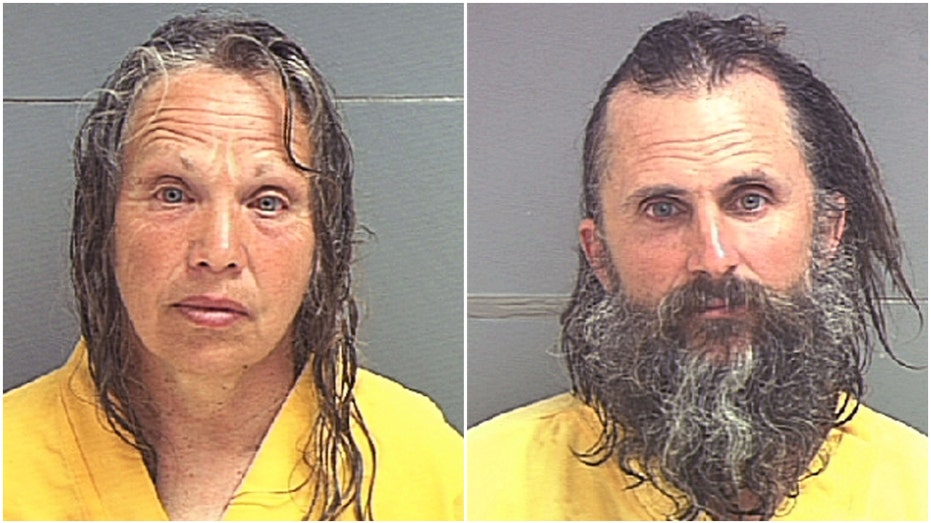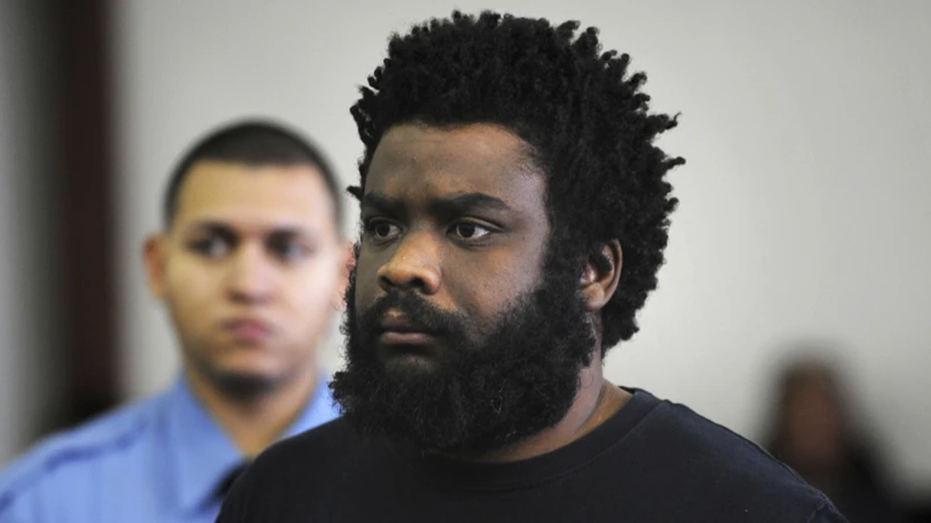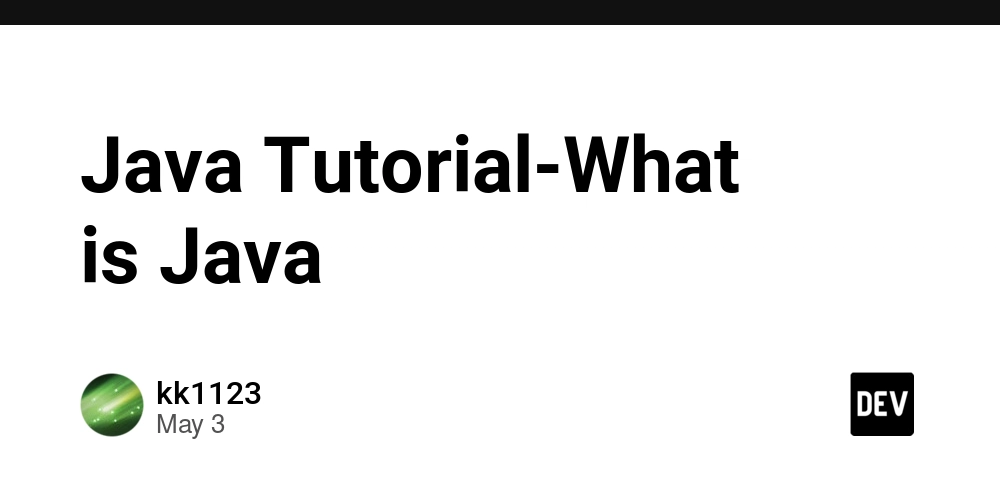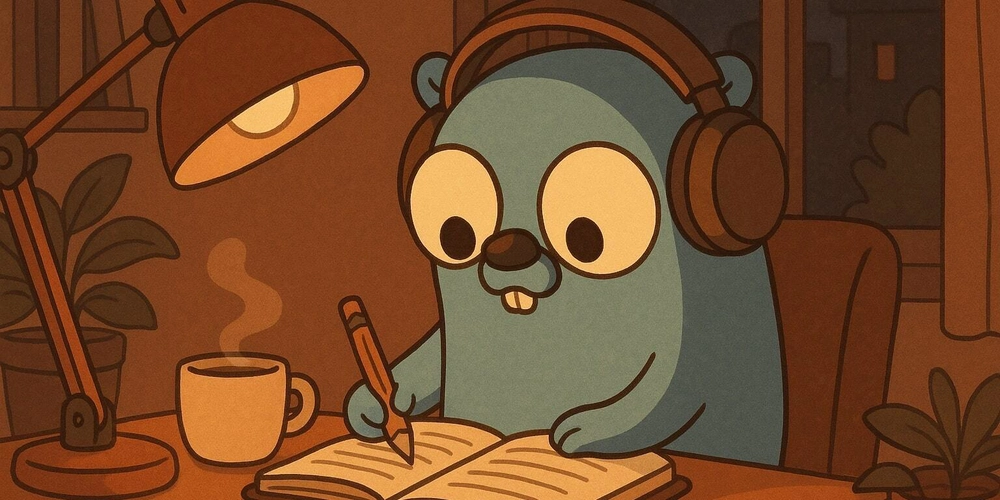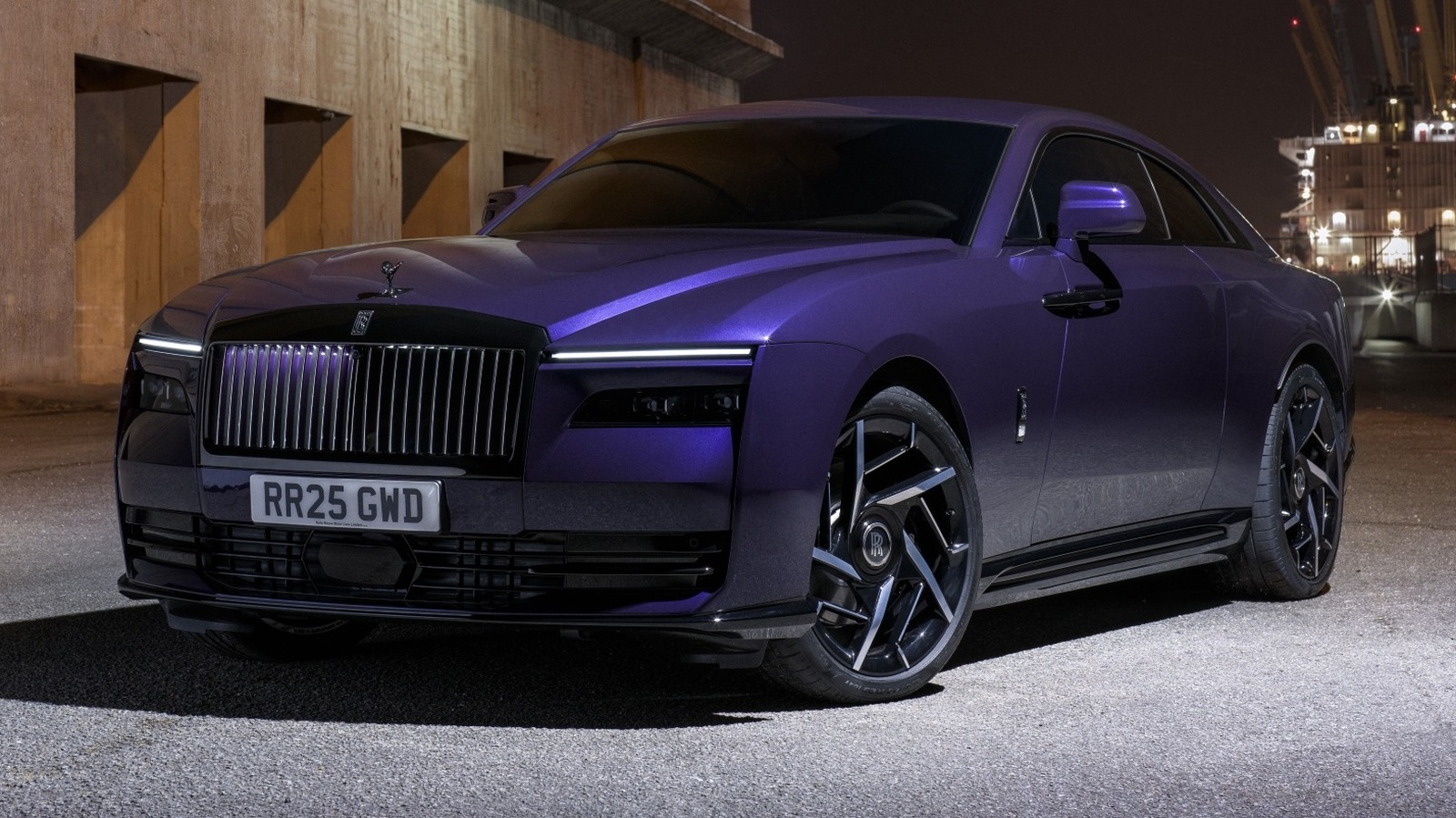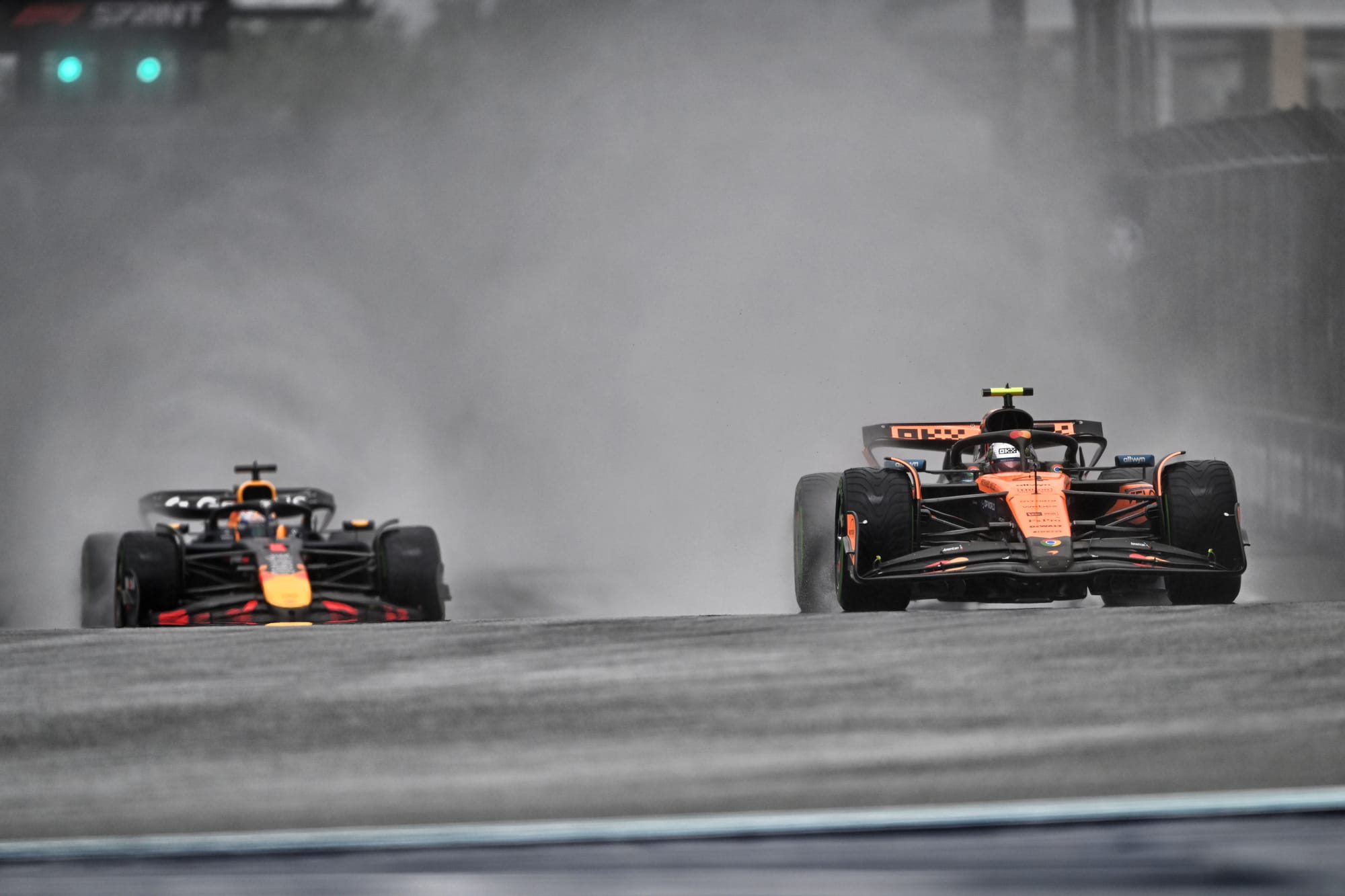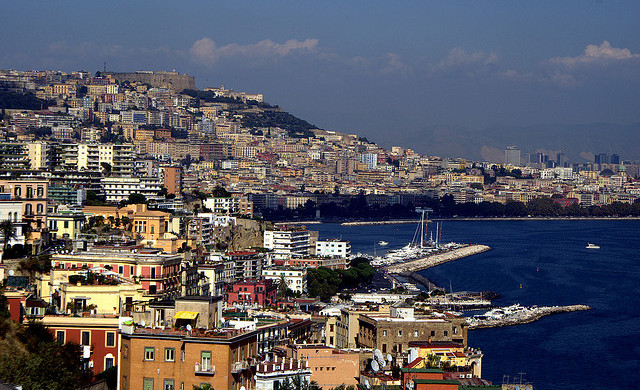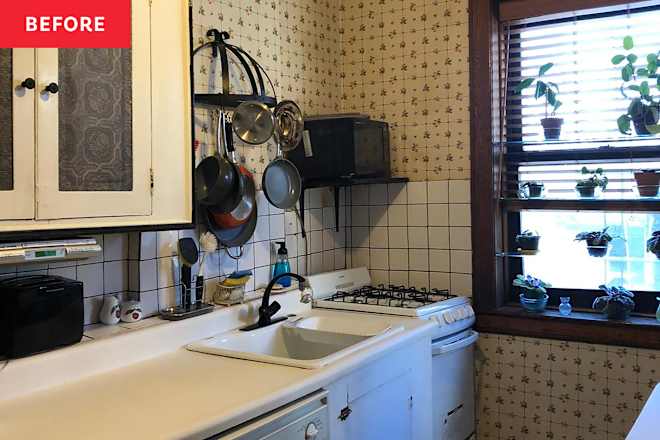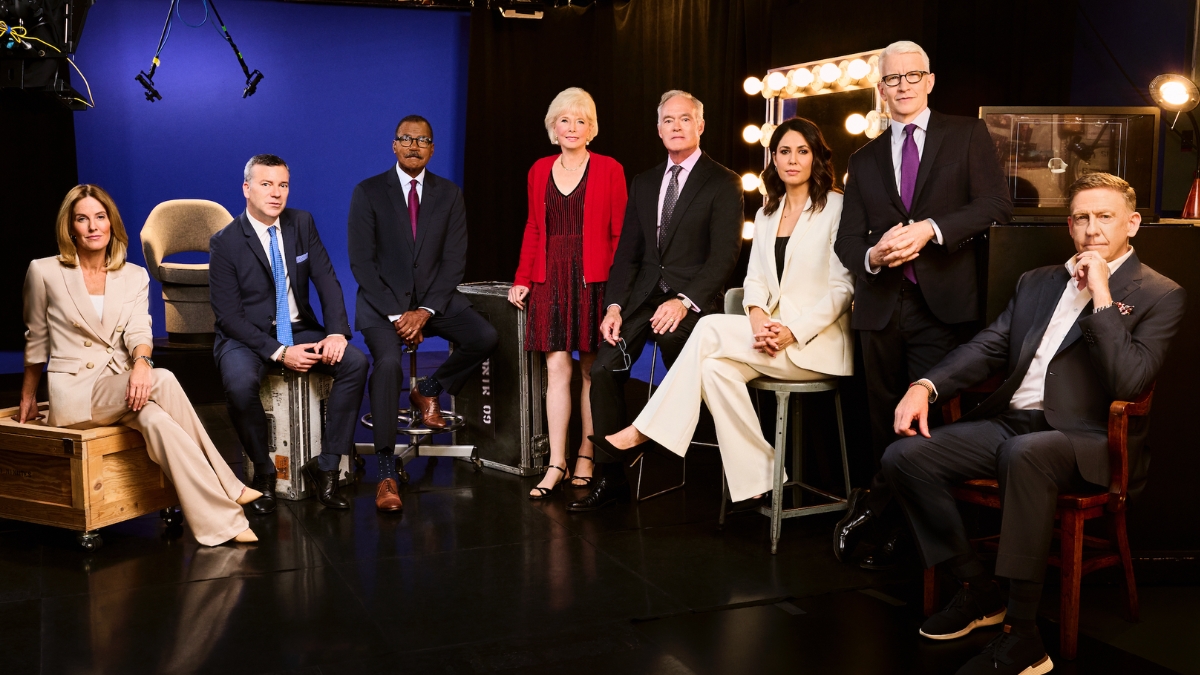Darkman: Over a decade before Spider-Man, Sam Raimi made another superhero classic
While Sam Raimi's superhero output is most associated with Spider-Man, years before he made an underrated classic, Darkman, with Liam Neeson. The post Darkman: Over a decade before Spider-Man, Sam Raimi made another superhero classic appeared first on JoBlo.
If The Gift and A Simple Plan are Sam Raimi’s most overlooked movies, then Darkman has to be his most innovative and ahead of the curve. Think about it. The film stars Liam Neeson in his first leading action role 30 years before Taken, and the 1990 superhero movie was made well before the modern-day Marvel and DC cinematic industrial complex ruled Hollywood. Of course, it wouldn’t be a legitimate Raimi outing without a dose of hair-raising horror, which is why, based on Darkman’s unheralded merits, he is the perfect director to meld the supernatural with the superhero genre with the second and third Doctor Strange movies. And you know what else, he still should get the opportunity to make a Shadow movie as he’s always wanted.
As for Darkman, it’s always been curious why the gritty, gory, grungy cult classic never received the immense praise it deserved, nor justified a theatrical sequel. After all, the movie was a modest critical and commercial hit, earning mostly positive reviews and grossing $48.8 million against a $16 million budget. Instead, two lackluster direct-to-video sequels and a host of media spin-offs were spawned and released with little fanfare. Worse yet, Raimi was unafforded the chance to direct The Shadow for the same studio, Universal, a few years later.
Now, as Raimi continues to prepare Doctor Strange 3 and his new horror movie Send Help, it’s time to wonder “Who is Darkman?” and ask, What Happened to this movie 35 years ago!
As alluded to, Darkman was conceived following Sam Raimi’s failed attempt to adapt The Shadow comic book into a movie for Universal Pictures. At the time, Robert Zemeckis, fresh off Back to the Future Part II was attached to helm a big-screen Shadow movie, forcing Raimi to create a new superhero from whole cloth. Once Universal denied Raimi rights to The Shadow, he combined qualities from various superheroes while paying deliberate homage to the 1930s and 1940s horror movies that inspired him as a kid.
Fusing characteristic elements from The Shadow, The Phantom of the Opera, The Hunchback of Notre Dame, The Elephant Man, Frankenstein, and more, Raimi conjured Darkman as a soul-tormented antihero fighting his inner demons along with villainous mobsters, a man of science who begins as a kindhearted do-gooder and morphs into a raging maniac to a self-loathing monster forced to look inward into his own heart.
To convey this inner conflict onscreen, Raimi came up with the idea to give the protagonist Peyton Westlake, aka Darkman, the ability to alter the visage of his face to appear as other individuals. When the 40-page short story evolved, Raimi changed the conceit to have Westlake struggling to adapt after losing his original face after creating synthetic skin that deteriorates when exposed to light. Partially a victim of his ambitious folly, Darkman grapples with his embattled soul as he channels his face-altering technology to fight deranged criminals Louis Strack and the sadistic finger-snipping mobster Robert G. Durant.
While Raimi was adamant that Darkman was not a horror movie in the traditional sense, he couldn’t hide his affinity for classic Universal monster movies. When describing his inspiration from old 30s and 40s horror movies, Raimi stated:
“They made me fear the hideous nature of the hero and at the same time drew me to him. I went back to that idea of the man who is noble and turns into a monster.”
At its core, Raimi insists Darkman is:
“More a tragedy than anything else. Sure, he looks terrible, he looks hideous, but really, what the movie turns out to be is the story of a man trying to recapture his lost love.”
While a few production mishaps occurred during principal photography, the most difficult aspect of making Darkman was writing the screenplay and editing the picture for a fickle test audience. With at least 12 screenplay drafts, the first was written by Chuck Pfarrer, who Raimi hired based on his work on Navy Seals. Several subsequent drafts were penned by Sam Raimi and his brother, Ivan, who incorporated his medical expertise as a real-life doctor to ensure Westlake’s burn damage was accurate.
As a preponderance of subplots piled up, Raimi and producer Robert Tapert felt they had enough story material to expand Darkman into a superhero movie franchise. Once that calculation was made, they hired screenwriting siblings Daniel and Joshua Goldin to flesh out the narrative arcs. The Goldins contributed new dialogue, fresh characters, and action scenes before Sam and Ivan wrote several more drafts. Finally, Raimi’s longtime friends and roommates at the time, Joel and Ethan Coen, helped develop the screenplay and polished the final draft, although they never wrote a complete script.
As Tapert told The Hollywood Reporter during a 30-year retrospective:
“There are 5,000 names on that script. It was constantly being rewritten. In hindsight, I am not sure it ever got better; it just incorporated more people’s pisses. The Coen brothers were not credited by the guild, but they were instrumental early on with building the structure. The idea sprung from Sam’s head, and Joel and Ethan coaxed him along that road. Chuck Pfarrer was the best at the villains.”
Raimi attributed the grueling screenwriting process to the ambitious nature of Darkman’s story evolution, stating:
“I decided to explore a man’s soul. In the beginning, a sympathetic, sincere man. In the middle, a vengeful man committing heinous acts against his enemies, and in the end, a man full of self-hatred for what he’s become, who must drift off into the night, into a world apart from everyone he knows, and all the things he loves.”
When it was time to cast Darkman, Raimi envisioned his old pal Bruce Campbell to play the part. However, despite starring in Raimi’s two Evil Dead movies, Universal did not think Campbell was well-known enough and forced Raimi to hire someone else. Gary Oldman and the late great Bill Paxton were considered for the role. However, Raimi settled on the relatively unknown Liam Neeson, who could credibly portray “A monster with the soul of a man.” Raimi also appreciated Neeson’s “old Gary Cooper charisma.” Legend has it that Bill Paxton told his friend Neeson about the audition after he nearly got the role, and was so mad when Neeson won the part that Paxton didn’t speak to him for years. Paxton would star in Raimi’s A Simple Plan eight years later.

Despite Universal denying Bruce Campbell’s casting, Raimi got the last laugh by giving Campbell a cameo as disguised Darkman in the final scene. Campbell also voices several background screams in the movie, stating he earned good studio money for his sound work behind the scenes.
As for Neeson’s attraction, he stated:
“The script appealed to the little boy in me because I know it would have been something I would have loved to have seen on a Saturday matinee growing up in Ireland, and it was a big fat juicy lead in a movie.”
For Westlake’s romantic interest and corporate lawyer Julie Hastings, several big-name actresses were considered. Julia Roberts was Universal’s first choice but she had recently broken up with her boyfriend Liam Neeson in real life. During their audition, Neeson and Roberts became so emotional that Roberts’ agent immediately withdrew her name afterward. In 1990, Roberts shot to superstardom with the release of Pretty Woman. Kathy Bates, who won an Oscar for 1990’s Misery, was originally cast as the burn victim doctor alongside a masked John Landis but left before filming began. At Landis’ request, Bates was replaced by Jenny Agutter, who starred in his classic horror outing American Werewolf in London.
Other actors considered to play Julie Hastings included Kelly Lynch, Bridget Fonda, Demi Moore, Geena Davis, Melanie Griffith, and Virginia Madsen. Frances McDormand was ultimately cast after demonstrating explosive chemistry with Neeson in the auditions. Of course, McDormand was married to Joel Coen at the time, who famously edited Raimi’s feature debut Evil Dead. Raimi, McDormand, and the Coens lived together while making Darkman, which McDormand admitted helped her win the role. Alas, Raimi and McDormand would clash on set during filming. Meanwhile, Bridget Fonda eventually co-starred with Paxton in Raimi’s A Simple Plan.
As for the horrifying heavy Robert G. Durant, Raimi cast Larry Drake because the actor reminded him of classic Hollywood actor Edward G. Robinson, stating:
“He looked so mean, so domineering, yet he had this urban wit about him. I thought, ‘My God, this guy is not only threatening-looking, he has a good physical presence – what a perfect adversary for the Darkman!’”
While Drake was primarily known for playing the kindhearted, mentally impaired Benny on L.A. Law beforehand, he would go on to play horror villain Dr. Giggles after breaking type in Darkman and its sequel and un-aired TV pilot.
Meanwhile, Richard Dreyfus and James Caan declined the role before Colin Friels was cast as archenemy Louis Strack Jr.

With the biggest production budget of Raimi’s career, Darkman entered principal photography on April 19, 1989, with $14 million at his back, increased from the green-lit $8-12 million budget. The shoot lasted until August 10, 1989, with Tim Burton’s industry-shaking superhero hit Batman released in June, while Darkman was being filmed. Of course, both superhero movies are scored by Oingo Boingo’s Danny Elfman, who praised Raimi’s visual style in the 30th-anniversary retrospective.
“Sam has a wonderful visual style that lends itself easily to music. There was no reason to hold back on this one,” adding “That idea was to create something sad and romantic. That was the fun of Darkman for me, the sad romanticism.”
Darkman was filmed in Los Angeles, Santa Clarita, California, and Toronto, Canada. Despite Universal allotting Raimi his largest budget, the studio insisted Darkman did not look or feel like his Evil Dead movies. As such, Raimi attempted to hire Barry Sonnenfeld as cinematographer, but Sonnenfeld suggested Bill Pope, who made his feature debut on Darkman before making Army of Darkness and the last two Spider-Man movies with Raimi.
Raimi and production designer Randy Ser partially allocated the budget to build a full laboratory where Westlake works. According to Ser, the lab pays homage to another demented doctor, declaring:
“If you look at Darkman’s lab that he moves into, which is an old warehouse, what was on my mind was Dr. Frankenstein. There were a number of references visually to what we were thinking about in regards to those films.”
Although Raimi vowed to tone down the whirlwind visual tableau created in the Evil Dead films, his manic and kinetic camerawork continued to define his unique directorial style. As Pope noted:
“We used the eyeball/flyball rig, the Perfalock dance-o-cam, the Perfalock drunken cam, snap zooms, whip pans, Dutch angles, cameras attached to sticks and blankets, and virtually anything that moved. We always moved the camera. I have a distinct memory of being told by our dolly grip on day 50-something that we were doing our first shot in the film where the camera didn’t move through space — and it was a 360-degree pan.”
While the writing and editing processes proved the most difficult, Darkman’s shoot had unique challenges. First, the process was incredibly demanding on Neeson, who spent five hours daily in the makeup chair every morning before cameras rolled. The process was reduced to three hours by the end, but Neeson was so physically exhausted from training for his next role, a bare-knuckle boxer in The Big Man, that he spoke about the challenges:
“I was also preparing to play a bare-knuckle boxer in a film to be shot in Scotland immediately after completion of Darkman, so I was setting my alarm clock for about 3 a.m. in order to do a workout as preparation, so days were definitely long and for the most part tiring.”
Neeson worked 18 hours daily in 10-piece makeup applied by the great Tony Gardner, stating the most difficult part about the prosthetics was speaking clearly without spitting out his false teeth.
Nowadays, superhero movies are far too often mired in artificial CGI that looks overly animated, completely artificial, and never resemble anything close to the real world. Darkman is the precise opposite, using in-camera practical effects and physical props that give the film a timeless quality while mirroring the zany visual comic book aesthetic. As Ser notes:
“We had no computer-aided pre-vis or drafting programs to help determine if a shot might work within the confines of a set. The lack of technology did not daunt our amazingly talented art department, which includes art director Phil Dagort and set decorator Julie Fanton.”
Another on-set mishap occurred when Colin Friels fell from a three-story steel beam and busted his femur on impact. Somehow, Friels went to the hospital, had the bone set in place, ingested a bunch of painkillers, and returned to finish the scene on the same day. Respect!
More problematic was the contentious creative rapport between Raimi and McDormand during filming. The two did not see eye-to-eye regarding Julie Hastings, as McDormand’s theater background made it difficult to grasp the filmmaking process. Minor dustups over whether Julie should wear socks during sex scenes led to counterproductive, time-wasting arguments that saddled photography. However, Raimi claims the disagreements were healthy and born out of making the best movie possible, and by all reports, the two remain friends today.
Once Darkman wrapped photography in August 1990, the editing and post-production test screening process (as revealed in this great oral history) became one of the movie’s biggest headaches. The first cut of Darkman, edited by David Stiven, tested horribly in preview screenings held by Universal and was deemed one of the worst movies tested in studio history. The audience laughed in places they were not supposed to and detested the craziest and wildest stuff Raimi put on film. They also hated the downbeat ending that didn’t provide a happy conclusion.
During the editing, David Stiven suffered a nervous breakdown and up and quit the movie, decrying “I can’t do this.” Blaming Raimi for hiring Stiven, Universal hired editor Bud S. Smith to recut the film and locked Raimi out of the editing room. Smith whittled Stiven’s 2-hour cut to an 85-minute run time, losing many ultra-cool and crucial scenes that completely altered the tone, tenor, temperament, and comic book tableau. According to Tapert:
“When Universal brought in their own editor, they really did not want Sam in the process. Before that, we started on the preview process, scoring maybe 65 [score from the audience] and we were down to maybe a 26.”
With the shorter 85-minute cut scoring worse preview numbers than the initial edit, Universal was demoralized but approved it anyway. Unsatisfied, Tapert pulled off one of the most badass, punk rock coup de graces on record. He hired editor Bob Murawsk, now Raimi’s long-time editor, to re-cut the entire movie from scratch, which included reinserting roughly nine minutes of footage from the original version. Tapert and Murawski did this behind Universal’s back and without Raimi’s knowledge, taking matters into their own hands at the zero hour to deliver the most entertaining movie possible. When they delivered the new 96-minute cut as the finished product, Universal believed the final edit was Smith’s 85-minute version that the studio had previously signed off.
By the time Universal execs realized nine minutes of wildly outlandish footage was reinstalled, the negative had been cut, the sound mixed completed, and the picture was locked. With 48 hours until the movie was slated to screen for critics, Universal had no choice but to roll with the maverick 96-minute version we’ve all come to know and love.
As Elfman noted:
“Universal’s attitude at that point was cut all the weird shit, and I would tell Sam, ‘This crazy stuff is what makes the film.’ Rob and Sam did their best to piece it back together.”
According to former Universal President Sean Daniel:
“Tom Pollock, (Universal chairman), was seriously f*cking furious. I remember thinking, ‘That is one ballsy guerrilla move.’ Is it as big a breach of every conceivable protocol of delivering a movie in postproduction? Yes. Totally. It was an Ocean’s Eleven maneuver.”
Thanks to the brilliant marketing campaign flooding city streets, subways, and bus stops with posters asking “Who is Darkman?”, the film opened number one at the domestic box office on August 24, 1990. Raimi was enamored with the promotion, stating, “The marketing made the film a money-maker.” The film grossed $48.8 million, netting over $24 million for Universal, equivalent to $60 million in 2025.
With a few exceptions, Darkman received positive critical reviews. A fresh visual dynamo, Raimi drew praise for his ability to replicate the graphic quality, cartoonish action, and rat-a-tat-tat pitter-patter comic books known for but rarely replicated on screen.
Despite the moderate commercial and critical success, Universal did not approve a theatrical sequel. Instead, Darkman continued with two silly direct-to-video movies, a Marvel comic, novelization, an 8-bit Nintendo video game, and an unaired TV pilot.
The 1992 TV pilot detailing Darkman’s origin story was scheduled to air on Fox but the network did not pick it up. Drake reprised his role as Durant, with Christopher Bowen replacing Neeson as Westlake. The story would have followed Westlake following Julie’s death, with Darkman seeking vengeance on her killers.
Although Darkman’s success did not allow Raimi to adapt a big-screen version of The Shadow, we all know he went on to helm three Spider-Man movies in the early 2000s. In 2006, Raimi tried to make The Shadow again with longtime Batman producer Michael E. Uslan, but the project fizzled. Of course, Raimi returned to the Marvel superhero realm with Doctor Strange In the Multiverse of Madness in 2022, the perfect material for the director to marry his comic book and horror movie sensibilities. While promoting Doctor Strange in May 2022, Raimi confessed that Universal was considering a new Darkman sequel and that Raimi would serve as a producer if it got made. Around that same time, Liam Neeson stated he would at least agree to read a Darkman 2 script.
Meanwhile, Raimi has been tapped to direct the third Doctor Strange movie, and is preparing his new desert-island horror flick Send Help. With horror and comics again at work, it’s high time Universal to stop messing around and let Raimi make The Shadow movie he’s been intending to create for the last 35 years. After all, as the big-budget comic book movies become more like factory-line cookie-cutter items, let Raimi’s friend Fran McDormand tell it best:
“What is gratifying is that it continues to intrigue an audience. Even with all the Marvel and DC Universe that we have now. Darkman is an art film.”
Hollywood may no longer be interested in making cinematic art in 2025, yet with the chronic sequelitis and formulaic comic book movies ruling the multiplex, at least Sam Raimi has an original vision and a proven track record to let him step into The Shadow and lead Hollywood out of the darkness.
The post Darkman: Over a decade before Spider-Man, Sam Raimi made another superhero classic appeared first on JoBlo.
